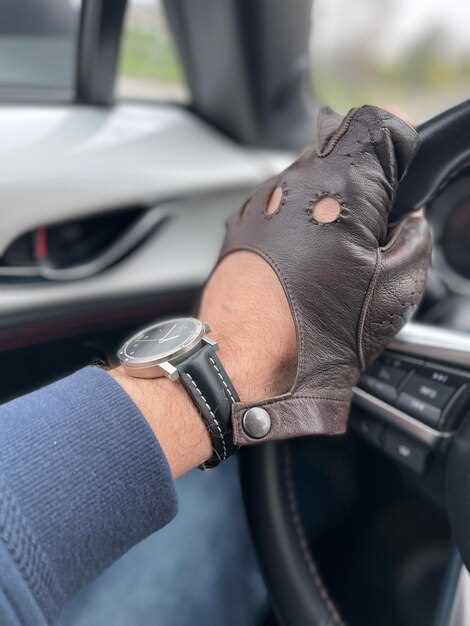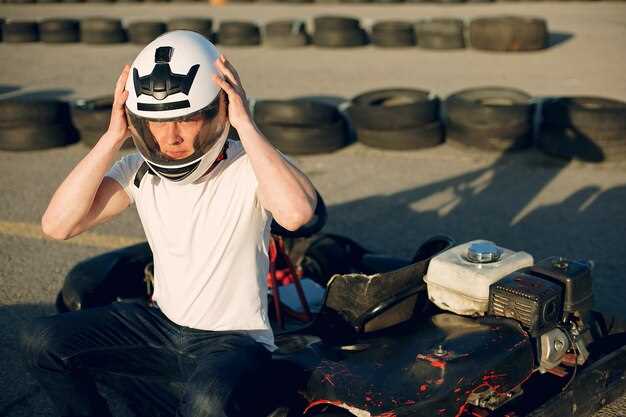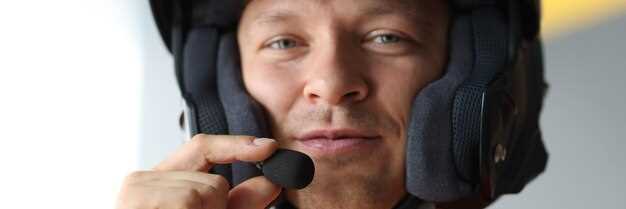
In the world of competitive racing, safety and performance go hand in hand. For licensed race participants, having the right gear is not just a preference but a critical requirement. This article delves into the essential gear that every racer must possess to ensure both safety on the track and compliance with racing regulations.
From helmets to fire-resistant suits, the gear worn by racers plays a pivotal role in protecting them during high-speed events. Each piece of equipment is designed to meet stringent safety standards, providing racers with the confidence they need to focus on their performance. Understanding the significance of mandatory gear is essential for both novice and seasoned participants alike.
Moreover, the choice of gear can greatly influence a racer’s overall experience and success during events. Properly fitted and high-quality equipment can enhance comfort and mobility, allowing participants to perform at their absolute best. In the following sections, we will explore the different types of gear that are mandatory for licensed racers, highlighting their features and importance in the racing environment.
Safety Equipment Required by Regulations

In order to ensure the safety of participants during competitive events, various regulations mandate specific gear that must be worn at all times while racing. These requirements are set by governing bodies to minimize risks and enhance protection against potential hazards inherent in high-speed racing environments.
One of the primary components of mandatory safety gear is the helmet. The helmet must meet designated safety standards, providing adequate impact protection to the head. It is crucial that racers invest in helmets that are certified by recognized organizations to ensure their effectiveness during an accident.
In addition to helmets, drivers are required to wear fire-resistant suits. These suits, typically made from materials such as Nomex or other flame-retardant fabrics, serve to protect the racer from burns and heat exposure in case of a fire incident. The suit must cover the entire body, with long sleeves and legs, ensuring no skin is exposed.
Gloves are another essential item dictated by regulations. They should be constructed from fire-resistant materials and provide adequate grip and dexterity while handling the vehicle’s controls. Properly fitted gloves ensure optimal control during high-speed maneuvers and can help prevent injuries in case of an incident.
Additionally, footwear is regulated in many racing categories. Drivers are required to wear shoes that are both fire-resistant and offer a non-slip sole. This gear helps maintain traction and control within the vehicle, especially in critical situations where fast reflexes are necessary.
Some types of races also mandate the use of head and neck restraints, which are designed to reduce the risk of injury during sudden stops or collisions. These devices should be properly fitted and used in conjunction with harness systems, further enhancing safety measures while racing.
Compliance with these regulations is not optional; racers must possess and wear all designated gear during competitive events. Authorities conduct equipment checks to ensure adherence to safety standards before the race commences. This proactive approach not only protects individual racers but also contributes significantly to the overall safety of the racing sport.
Specific Race Gear for Different Types of Competitions
Each type of race demands specific gear to optimize performance and safety. For instance, in road racing, lightweight running shoes equipped with adequate cushioning are essential. These shoes provide the necessary support and traction for pavement surfaces.
In trail running competitions, participants often require shoes with aggressive treads for better grip on uneven terrain. Additionally, wearing moisture-wicking clothing helps regulate body temperature and prevent chafing during longer races.
For cyclists, gear such as aerodynamic helmets and fitted cycling jerseys can significantly enhance performance. Properly fitted cycling shoes that clip into the pedals ensure efficient power transfer, crucial for competitive racing.
In triathlons, racers must be prepared for transitions between swimming, cycling, and running. A tri-suit, which can be worn throughout all segments, offers comfort and convenience. Moreover, lightweight goggles and a buoyant wetsuit can improve swim speed.
Motorsport competitors require specialized gear, including fire-resistant suits and helmets designed to withstand extreme conditions. Gloves and shoes must also be tailored to provide grip and control over the vehicle.
Ultimately, understanding the requirements for each race type helps participants choose the right gear, enhancing both safety and performance during competitions.
How to Properly Maintain and Inspect Your Race Gear

Maintaining and inspecting your race gear is essential for ensuring safety and optimal performance on the track. Start with regular visual checks of all equipment, including helmets, suits, and footwear. Look for signs of wear, damage, or deterioration such as cracks, fraying, or discoloration. Addressing these issues promptly can prevent further damage and enhance safety.
For helmets, ensure that the retention system is intact and that the padding is adequately cushioned. Clean the exterior with mild soap and water to remove debris and contaminants. Inspect visors for scratches that might impair visibility during a race. While checking your suit, focus on stitching and fabric integrity. Wash it according to manufacturer guidelines to maintain its protective qualities.
Footwear should also be inspected for signs of wear, especially in soles and toe areas. Replace them if significant wear is evident, as grip is crucial during a race. Additionally, ensure that any electronic components, like communication devices, are functioning correctly. Test them regularly to avoid last-minute issues during races.
Establish a maintenance schedule that includes a thorough inspection before each event, as well as routine cleaning and minor repairs. Keep a checklist of items to verify after each use, and document any changes or repairs made to your gear. By staying proactive in maintenance, you can enhance the longevity of your race gear and ensure you are always prepared for optimal performance.
